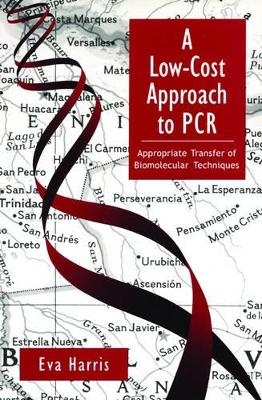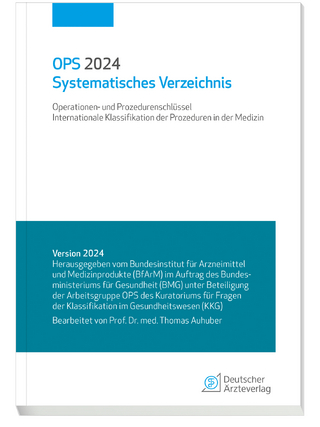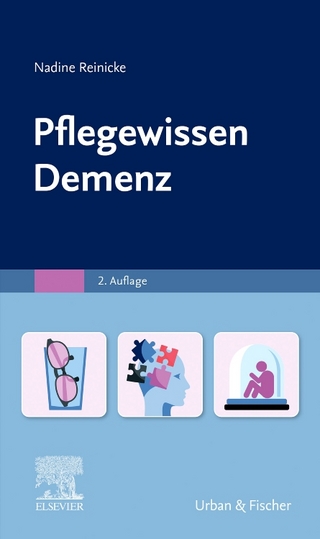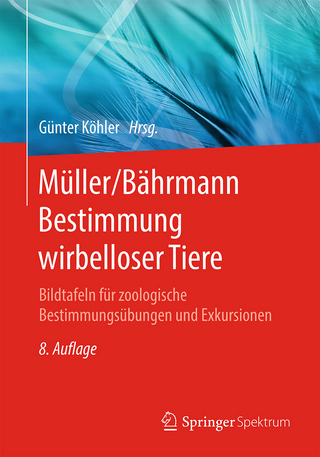
A Low-Cost Approach to PCR
Oxford University Press Inc (Verlag)
978-0-19-511926-8 (ISBN)
The polymerase chain reaction (PCR) is a technique used to replicate specific pieces of DNA millions of times, which permits the detection and analysis of minute amounts of nucleic acids. Since its introduction in the late 1980s, this technique has been applied not only in molecular biology research but also in fields as diverse as anthropology, phylogeny, and forensics. However, despite the large impact of PCR, many of its applications remain within the confines of research and the academic environment. Now, in A Low-Cost Approach to PCR: Appropriate Transfer of Biomolecular Techniques, Dr. Eva Harris makes this elegantly simple technique more accessible to researchers, physicians, and laboratory workers throughout the world. She provides a description of the theoretical basis of the technique, the practical details of the method, and the philosophy behind the technology transfer program that she developed over the last ten years. The book serves as a guide for potential users in developing countries and for scientists in developed countries who may wish to work abroad. In addition, the low-cost approach outlined in this book can be useful for high school, undergraduate, or continuing education programs in the United States. While the specific applications of PCR outlined in the book are immediately useful to the study of infectious diseases, the approach presented can be generalized to a number of other technologies and situations. The book will help laboratories in many areas of the world generate information on site for use by physicians, epidemiologists, public health workers, and health policy professionals to develop new strategies for disease control.
1 INTRODUCTION ; 2 PCR TECHNOLOGY ; 2.1 Description of the Technique ; 2.1.1 Historical Overview ; 2.1.2 The Molecular Basis of PCR ; 2.1.3 Advantages and Disadvantages ; 2.2 Technical Details ; 2.2.1 Components of the PCR Mixture ; 2.2.2 Thermal Cycling Parameters ; 2.2.3 Optimizing ; 2.2.4 Potential Problems ; 2.2.5 Detection of Products ; 2.3 Frequently-Used PCR-Based Techniques ; 3 PRINCIPLES OF SUSTAINABLE TECHNOLOGY TRANSFER ; 3.1 A Low-Cost Methodology ; 3.1.1 Appropriate Technology ; 3.1.2 Alternative Techniques ; 3.1.3 Simplification of Protocols ; 3.1.4 In-House Preparation of Reagents ; 3.1.5 Recycling ; 3.1.6 Donated Materials ; 3.2 Knowledge-Based Participatory Transfer Process ; 3.3 Appropriate Application ; 3.3.1 General Considerations ; 3.3.2 An Evaluation Framework ; 3.3.3 Assessment Criteria for PCR ; 3.3.4 Case-by-Case Evaluation of PCR Applied to Infectious Diseases ; 3.4 Intra-Reginal Cooperation ; 4 CASE STUDY: THE AMB/ATT PROGRAM ; 4.1 Introduction ; 4.2 Program Description ; 4.2.1 Objectives ; 4.2.2 Format ; 4.3 Program Structure ; 4.3.1 Phase I ; 4.3.2 Phase II ; 4.3.3 Phase III ; 4.4 Program Development ; 4.5 Examples of Projects ; 4.6 International Courses ; II SELECTED PROTOCOLS ; 5.1 PCR Protocols ; 5.1.1 Overview ; 5.1.2 Equipment, Materials, Control, and Procedures Common to All PCR Protocols ; 5.1.3 Dengue Virus ; 5.1.4 New World Leishmania ; 5.1.5 Mycobactrium tuberculosis ; 5.1.6 Plasmodium falciparum and Plasmodium vivax ; 5.1.7 Vibrio cholerae ; 5.1.8 Diarrheagenic E. coli and Shigella ; 5.1.9 Chlamydia trachomatis and Neisseria gonorrhoeae ; 5.1.10 Leptospira ; 5.1.11 Trypanosoma cruzi ; 5.2 Nonradioactive DNA Probes: V. cholerae Colony Blot ; 5.2.1 Labeling the Probe Using PCR ; 5.2.2 Preparation of the Colony Blot ; 5.2.3 Hybridization ; 5.2.4 Visualization ; 6 RAPID CLONING OF PCR PRODUCTS ; 6.1 Primer Design ; 6.2 Preparation of PCR Products for Cloning ; 6.2.1 Digestion of Vector and PCR Products ; 6.2.2 Preparative Agarose Gel ; 6.2.3 Purification of the Excised DNA Fragments Using Silica Particles ; 6.3 Ligation ; 6.3.1 Checking DNA Fragment Concentration by Agarose Gel Electrophoresis ; 6.3.2 Ligation Reaction ; 6.4 Preparation of Competent Cells and Transformation ; 6.4.1 Preparation of Competent Cells ; 6.4.2 Transformation ; 6.5 Checking Clones by PCR ; 6.6 Plasmid Purification ; 6.7 Analysis of Clones by Restriction Enzyme Digestion ; 6.8 Agarose Gel Electrophoresis ; III APPENDIX ; A. CONSTRUCTION OF LABORATORY EQUIPMENT ; B. IN-HOUSE PREPARATION OF REAGENTS ; B.1 USEFUL FORMULAS ; B.2 SOLUTIONS ; B.3 PREPARATION OF SELECTED REAGENTS ; B.4 DNA SIZE MARKERS ; C. INVENTORY FOR A PCR LABORATORY ; D. GOOD LABORATORY PRACTICE ; D.1 GENERAL TIPS ; D.2 CALIBRATION OF ADJUSTABLE PIPETTORS ; E. PREVENTION OF CROSS-CONTAMINATION ; F. PCR TROUBLESHOOTING GUIDE AND FLOW-CHART ; G. WORKSHOP ORGANIZATION AND TEACHING TIPS ; H. SAMPLE CHARTS AND WORKSHEETS ; I. USEFUL WORLD WIDE WEB SITES
| Erscheint lt. Verlag | 27.5.1999 |
|---|---|
| Zusatzinfo | halftones |
| Verlagsort | New York |
| Sprache | englisch |
| Maße | 155 x 234 mm |
| Gewicht | 544 g |
| Themenwelt | Informatik ► Weitere Themen ► Bioinformatik |
| Naturwissenschaften ► Biologie ► Genetik / Molekularbiologie | |
| ISBN-10 | 0-19-511926-6 / 0195119266 |
| ISBN-13 | 978-0-19-511926-8 / 9780195119268 |
| Zustand | Neuware |
| Haben Sie eine Frage zum Produkt? |
aus dem Bereich


